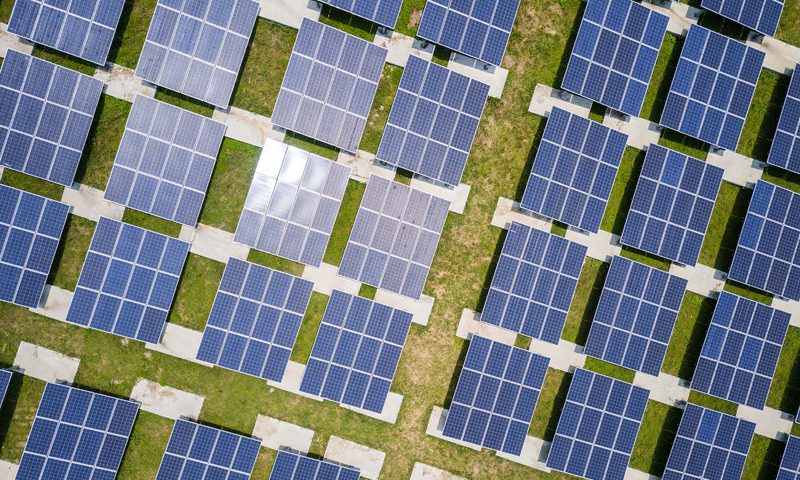Climate change is a major concern in 2020, with many people searching for ways that they can help reduce society’s carbon footprint.
While moving away from internal combustion vehicles has been a focus for some years now, homeowners have been doubling down on their own efforts to eliminate waste and live in energy-efficient buildings.

Solar panels and other forms of renewable energy get the most attention in the quest to build “green” houses, but there are a surprising number of interior design ideas that can help homeowners become more environmentally friendly.
#1 – Get Rid of the Carpet
Carpet can be soft, pretty, and provide that “homey” feel to many living spaces, but it is terribly energy inefficient to maintain.
At the least, you will have to use electricity to run the vacuum cleaner. On top of that, you are likely to need further resources to have your carpet professionally shampooed due to pet stains and life’s unexpected accidents. Finally, even the most well-maintained carpet eventually needs to be replaced, further adding to your energy needs.
Hardwood floors have long been a favorite alternative to carpet, but if you are serious about being as environmentally friendly as possible, consider stained concrete interior floors, as their durable design makes them superior even to hardwood.
While these floors may seem more suitable for schools or supermarkets than residential spaces, there are nearly unlimited designs available that can provide a trendy, modern look and make you feel right at home.
The following are a few of the ways in which concrete floors will make your home more energy-efficient:
-
-
-
-
-
-
-
Easy to clean with a broom or mop, rendering vacuums superfluous
-
Non-porous design prevents staining and dust/odor buildup, eliminating the need for professional cleaning services
-
Durable surface combats wear and tear and prevents scratches from furniture, allowing these floors to hold up over your home’s lifetime
-
-
-
-
-
-
#2 – Use White to Reflect Natural Light

Extensive use of white surfaces and furniture is a classic way to make your home elegant and fresh.
Not only is white classy, but it reflects light better than darker hues, making your home brighter during the daytime hours and reducing the need to run your lights.
#3 – Tear Down the Walls

With a number of home renovations focused on creating open and inviting spaces, interior walls are being torn down in many trendy home designs.
This is especially true in kitchens, as the concept of closed, isolated cook spaces is being replaced with kitchens that open up to dining areas and lounges, with walls being replaced with kitchen islands and bars.
Not only are these open designs trendy, but they are much more environmentally friendly, as fewer walls means fewer barriers to block the flow of natural light.
In addition to allowing light to flow more freely, this open concept can further tie in with your interior design scheme if you use white cabinets for your kitchen storage. And, of course, you will want to make sure that your appliances are stamped with the Energy Star label as being energy-efficient.
#4 – Choose Surfaces that Are Made to Last
One of the keys to being environmentally friendly in your personal life is eliminating waste by choosing products that can serve multiple uses. For example, cut down on plastic bottle waste by refilling a hydro flask.
The same concept applies to designing your home.
While construction is sometimes necessary, you will inevitably consume energy and create waste every time new flooring is installed and kitchen surfaces are replaced.
Therefore, choose surfaces for your bars and counters that will stand the test of time. Specifically, look into quartz pricing and see if you can make it work with your design budget.
Quartz surfaces are designed with 90% quartzite and other natural stone materials, making them a great option for heavy use, and its non-porous composition makes cleaning simple and efficient.
Matt Lee is the owner of the Innovative Building Materials blog and a content writer for the building materials industry. He is focused on helping fellow homeowners, contractors, and architects discover materials and methods of construction that save money, improve energy efficiency, and increase property value.

